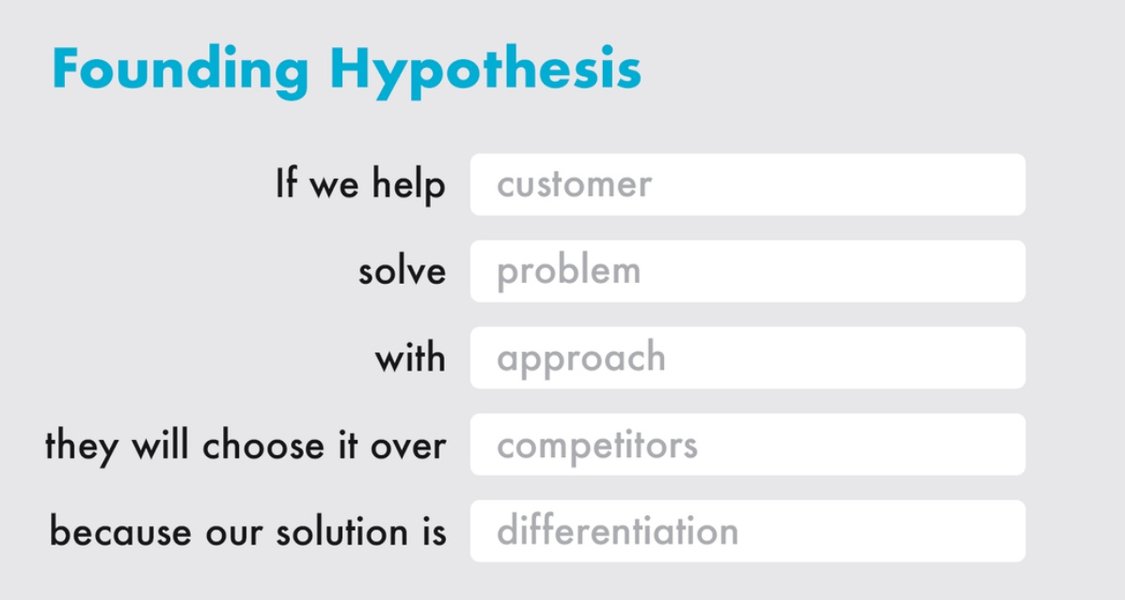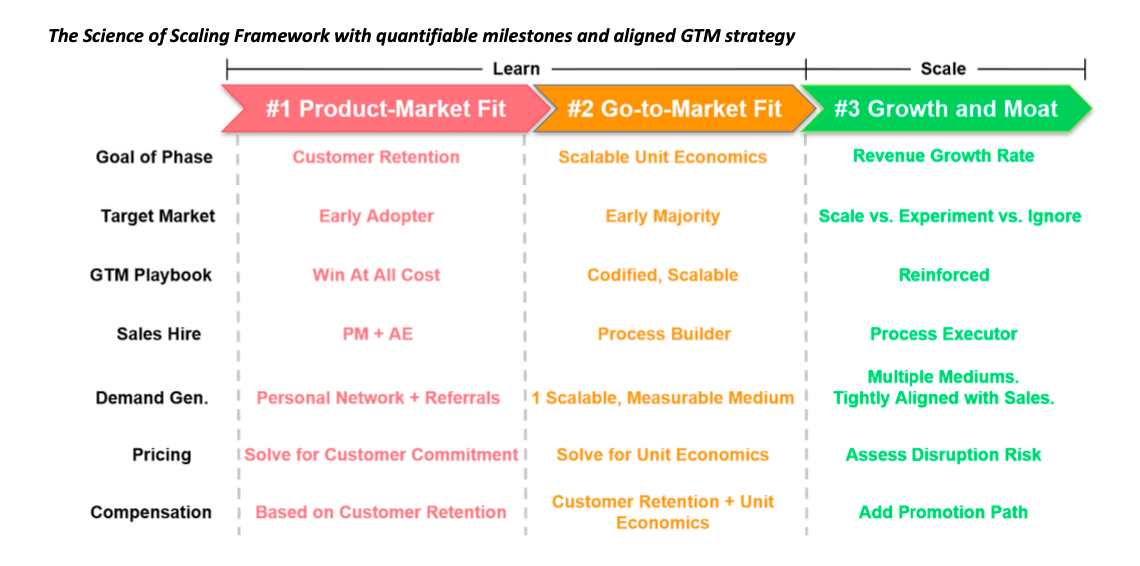Product Strategy

write two or three practical principles that will help you make decisions and deliver on your differentiation.
2x2 chart focused on customer perception can be a powerful expression of your product hypothesis. Keep experimenting until you find differentiators that put you all alone in that top right quadrant and push the competition into the other three quadrants (which form an “L” shape that I like to think of as Loserville).
Use dot voting to mark where your solution could stack up against the competition on these classic differentiators.
The Founding Hypothesis
Teams that build winning products share some fundamental traits. They know their customers—and what problem they can solve for them. They know which approach to take—and why it’s superior to the alternatives. And they know what they’re up against—and how to radically differentiate from the competition.
Teams that build winning products share some fundamental traits. They know their customers—and what problem they can solve for them. They know which approach to take—and why it’s superior to the alternatives. And they know what they’re up against—and how to radically differentiate from the competition.

1. Product-Market Fit - generating customer success consistently
2. Go-to-Market Fit - generating customer success consistently and scalably
3. Growth and Moat- pace and defensibility of scale
The Science of Scaling
- People pay you money: Several people start to pay for your product, ideally people you don’t have a direct connection to
- Continued usage: People continue to use your prototype product, even if it’s hacky
- Strong emotion: You’re hearing hatred for the incumbents (i.e. pain) or a deep and strong emotional
Lenny Rachitsky • How to validate your B2B startup idea
“Many investors will say that the total addressable market (TAM) size is the primary indication of ‘venture scale,’ but I disagree. You can have large TAMs that actually aren’t very good markets for startups, and smaller markets that can be expanded by the abilities of a talented startup with the right product offering.... See more
So instead I tell founders
